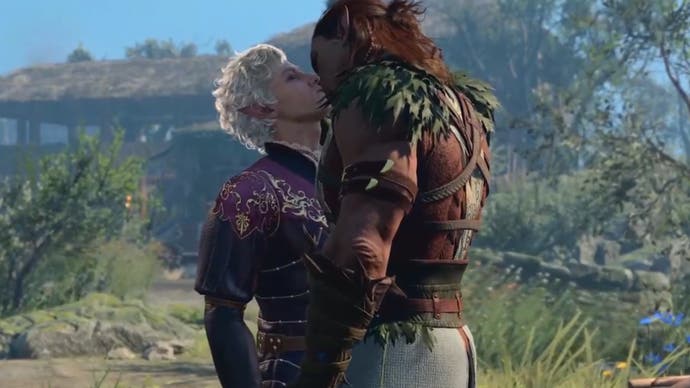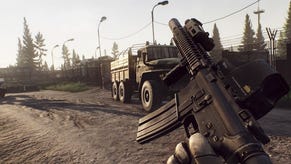Nearly 1 in 5 gamers are LGBT+, says new GLAAD study
"Gaming remains woefully behind other forms of entertainment media."
Nearly one in five gamers are members of the LGBT+ community, yet LGBT+ storylines and characters account for less than two percent of all games.
That's according to the first ever GLAAD Gaming Report, the global leader in advocacy for LGBT+ representation, alongside market research company Nielson.
A previous report from Nielson three years ago stated 10 percent of gamers were LGBT+. Now that's up to 17 percent - an increase of 70 percent.
Notably, players identifying as LGBT+ skews younger (under 35), likely due to higher acceptance in this age range.
However, the report claims that games with LGBT+ characters and storylines account for fewer than two percent of games on the Xbox, PlayStation and Nintendo digital libraries. On Steam, they account for under 2.5 percent, but drops to just 1.7 percent when adult-only games are excluded.
That said, this research was done by filtering with the LGBT+ tag on each store, meaning some games not tagged accordingly may not be included. On Steam, for instance, Baldur's Gate 3 is not tagged as specifically LGBT+ but certainly includes LGBT+ relationships.
The report includes plenty of statistics on the importance of representation. 72 percent of LGBT+ players say seeing characters matching their gender identity or sexual orientation well-represented makes them feel better about themselves, while 68 percent wish there were more prominent LGBT+ storylines.
Further, 66 percent of LGBT+ players say games allow them to express themselves in a way they can't in reality; 36 percent of LGBT+ players said gaming helped them discover their sexuality; and 11 percent of LGBT+ players use games to escape difficult situations in the real world.
51 percent of LGBT+ players wish games did more to help them express their identity. This certainly ties into character creators and the need for diverse representation.
Lastly, harassment remains a major issue for LGBT+ players. 52 percent of LGBT+ players have experienced harassment while playing online, compared to 38 percent of non-LGBT+ players. 42 percent have avoided a game for fear of harassment, while 27 percent have quit due to harassment.
Ultimately, the report calls for inclusive representation and acceptance of LGBT+ people in games, stating the percentage of games with LGBT+ representation should be proportional to the share of LGBT+ players.
Additionally, the games industry should take responsibility for fostering inclusive communities and hire LGBT+ people in positions of authority throughout the industry.
"We believe that LGBTQ inclusion benefits both the video game industry and Community," said Blair Durkee, associate director of gaming at GLAAD. "As this report shows, the presence of LGBTQ characters or storylines doesn't meaningfully deter non-LGBTQ people from buying or playing games, but it makes a huge difference to LGBTQ gamers.
"Despite the significant progress we've seen, gaming remains woefully behind other forms of entertainment media when it comes to representation."
GLAAD's report was conducted with Nielson, based on 1452 self-reported PC/console gamers based in the US. The full report is available on the GLAAD website.






.png?width=291&height=164&fit=crop&quality=80&format=jpg&auto=webp)

